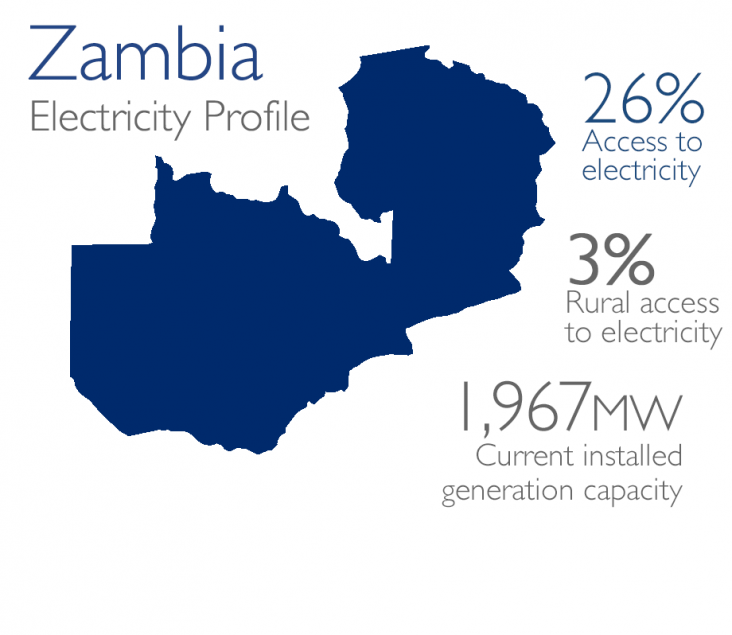- Where We Work
- Interactive Map
- Afghanistan and Pakistan
- Africa
- African Union
- Power Africa
- About Us
- How We Work
- Partners
- News & Information
- Power Africa Toolbox
- Where We Work
- Angola
- Benin
- Botswana
- Burkina Faso
- Burundi
- Cameroon
- Chad
- Côte d`Ivoire
- Democratic Republic of the Congo
- Djibouti
- Eritrea
- Ethiopia
- Gabon
- Gambia
- Ghana
- Guinea
- Guinea Bissau
- Kenya
- Lesotho
- Liberia
- Madagascar
- Malawi
- Mali
- Mauritania
- Mozambique
- Namibia
- Niger
- Nigeria
- Republic of Congo
- Rwanda
- Senegal
- Sierra Leone
- South Africa
- South Sudan
- Swaziland
- Tanzania
- Togo
- Uganda
- Zambia
- Trade and Investment Engagement
- Angola
- Benin
- Botswana
- Burkina Faso
- Burundi
- Cameroon
- Central Africa Regional
- Central African Republic
- Chad
- Côte d'Ivoire
- Democratic Republic of the Congo
- Djibouti
- East Africa Regional
- Ethiopia
- Ghana
- Guinea
- Kenya
- Lesotho
- Liberia
- Madagascar
- Malawi
- Mali
- Mauritania
- Mozambique
- Namibia
- Niger
- Nigeria
- Republic of the Congo
- Rwanda
- Sahel Regional
- Senegal
- Sierra Leone
- Somalia
- South Africa
- South Sudan
- Southern Africa Regional
- Sudan
- Swaziland
- Tanzania
- Uganda
- West Africa Regional
- Zambia
- Zimbabwe
- Asia
- Europe and Eurasia
- Latin America and the Caribbean
- Middle East
- Mission Directory
Zambia
POWER AFRICA FACT SHEET

Zambia Energy Sector Overview
Zambia has 2,411 megawatts (MW) of installed capacity, virtually all of which is hydro. Currently, 25% of the urban population and 3% of the rural population have access to power. The Zambian government has targeted six distinct areas for mini-grid development (four hydro and two solar). In 1996, the Government of Zambia (GRZ) set a goal for universal electricity access for all Zambians by 2030. Energy has been identified as an important driving force behind economic development in Zambia, and the government has declared its commitment to developing and maintaining energy infrastructure and services. Although there are pockets of private sector activity in generation, transmission, and distribution, the vast majority of power in Zambia is operated ZESCO, the vertically integrated state-owned utility. Zambia expects to bring an additional 2,000MW of hydro and thermal power online 2016 and 2017.
Power Africa Support
USAID is working on a number of energy initiatives in Zambia, including technical assistance to the Ministry of Energy and the regulator to develop a Renewable Energy Feed-In Tariff (REFIT), complete with a standardized power purchase agreement (PPA). The first phase of the REFIT project focused on policy development, and has been completed. The policy is intended to guide and expand the role of the private sector in developing the country’s renewable energy resources and diversify the supply and nature of energy production. The second phase of the project focuses on determining the cost to the offtaker for the various renewable technologies. As with many developing countries, the establishment of a REFIT has spurred the on-boarding of new, small, private sector-driven renewable energy power generation partners.
In April 2015, USAID-sponsored delegates from Zambia’s Rural Electrification Authority traveled to Namibia to attend training on practical lessons about developing, financing, and implementing grid-connected and off-grid projects. USAID also funded a project that assists the Zambians in addressing utility loss reduction and competitive independent power producer (IPP) procurement assessments.
In October 2015, the Swedish International Development Cooperation Agency (Sida), a Power Africa engaging donor partner, and USAID’s Development Credit Authority (DCA), facilitated a 50% loan guarantee that will help Zambian farmers finance and implement renewable energy solutions.
In March 2016, Power Africa and USAID Zambia joined the World Bank and the International Finance Corporation (IFC) to provide over USD $2 million for IFC’s Scaling Solar program in Zambia. This support will help finance the critical costs necessary to establish and implement a transparent, competitive bidding process to attract qualified solar power developers and to build institutional capacity and catalyze market growth.
About Power Africa
Power Africa is a multi-partner initiative which launched in 2013. Power Africa’s goals are to increase electricity access in sub-Saharan Africa by adding more than 30,000 megawatts of cleaner, more efficient electricity generation capacity and 60 million new home and business connections.
Power Africa works with African governments and private sector partners to remove barriers that impede sustainable energy development in sub-Saharan Africa and to unlock the substantial wind, solar, hydropower, natural gas, biomass, and geothermal resources on the continent.
Mobilizing Partnerships & Investments
Power Africa draws on the combined expertise and abilities of 12 U.S. Government agencies, the World Bank Group, the African Development Bank, the Government of Sweden, the Government of Norway, the Government of Canada, the UK Department for International Development, the Government of Japan, the International Renewable Energy Agency, African governments, and private sector partners. Power Africa’s “Toolbox” approach offers a range of resources to advance key projects on the electricity grid and, through the Beyond the Grid sub-initiative, in places where the national grid doesn’t reach.
Power Africa Contact for Zambia:
Raymund Johansen
Email: rjohansen@usaid.gov
U.S. Government Coordinator for Power Africa:
Andrew Herscowitz
Email: powerafrica@usaid.gov
Follow on Twitter: @aherscowitz
For more information on Power Africa:







Comment
Make a general inquiry or suggest an improvement.